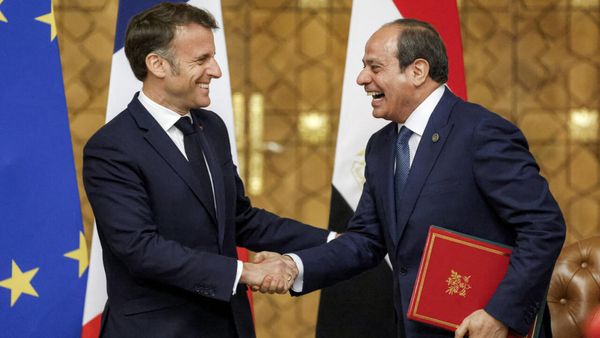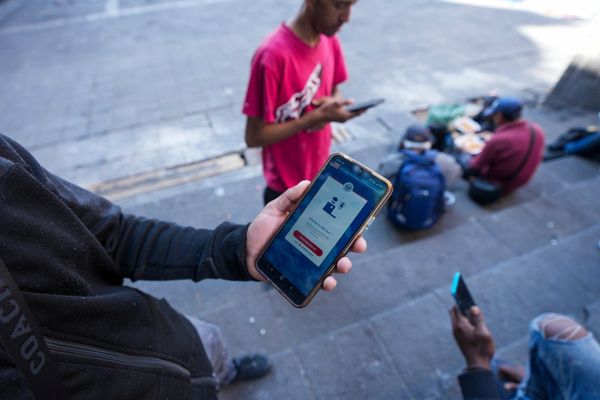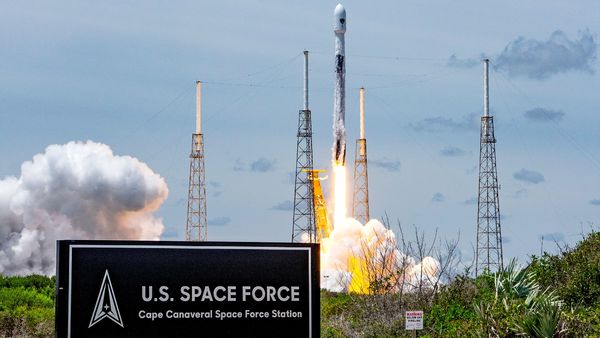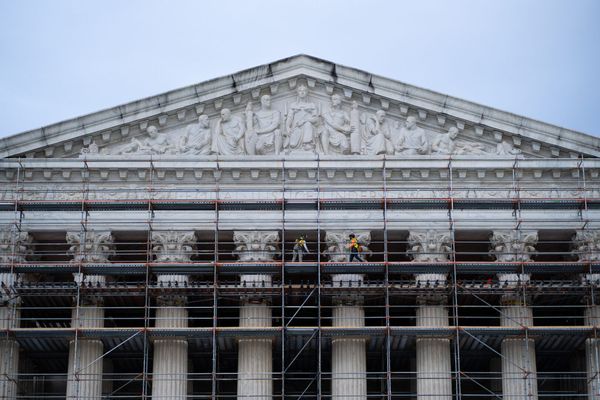There have been three major attempts at madrassa reform in Karnataka in recent years. The first one was during the period of S.M. Krishna as Chief Minister and H. Vishwanath as the Minister for Primary and Secondary Education.
Apart from recommendations like the introduction of languages and science, the committee made suggestions like increased State support in terms of grants and infrastructure development. However, it was not implemented in earnest, say some community leaders.
The second attempt was made by the Siddharamaiah government in 2013. Following a request by the State government, an NLSIU committee prepared a report on modernising the curriculum. “We pointed out that most madrasas were following a 400-year-old curriculum and that it needed to be revamped to suit the needs of contemporary challenges, said M.A. Siraj, a member of the committee. Among its recommendations were the introduction of multi-lingual teaching, science and mathematics in primary and secondary levels and STEM and liberal arts subjects including law, at higher levels.
The Congress government took some measures like supplying computers and paying salaries of science teachers appointed to madrasas.
Benefits curtailed
However, it was not continued. “The BJP government led by Basavaraj Bommai curtailed some benefits to madrasas, including reducing salaries of science teachers and stopping support to infrastructure development. What is more, Muzrai Minister Shashikala Jolle tried to tarnish the image of madrasas, saying that the national committee for the protection of child rights had documented several child rights violations in madrasas,’‘ says Syed Tanveer Ahmed, director of Wholistic Education Board, a Jamaat E Islami Hind initiative.
Another initiative of modernisation, which was announced by former education minister B.C. Nagesh remained a non-starter. He announced a survey, recognition and compulsory registration of madrasas in August 2022. But this was not taken up.
Mr. Ahmed says that there are also several government and private initiatives towards madrassa reform.
Role of NIOS
The most important is the proactive involvement of the National Institute of Open Schooling, which enrols madrasa graduates into secondary schools and ensures that they become eligible for higher studies after clearing class X. NIOS has enrolled a high number of students in the last 10 years. A significant portion of them have joined mainstream vocational and other courses, Mr. Ahmed said.
Jamaat E Islami Hind has set up an all-India committee for the analysis of the curriculum. It held two workshops in which representatives of well-established madrasas, like Deoband and Nadwa, participated. Another JIH initiative is to make the administration of such institutions inclusive by taking on board working professionals from various fields and non Muslims.
Jamiat Ulema-e-Hind, which operates a large number of Madrassas, has partnered with several NGOs for the modernisation of madrasas. One of them is the New York-based new initiative in education assistance. They run free online courses for NIOS aspirants. They are also setting up over 200 facilitation centres in Madrassas in various states, he said.
Some individuals like Telangana-based Javed Mirza Foundation and Muneer Fareed of USA are also making some efforts towards madrasa reform, Mr. Ahmed said.







